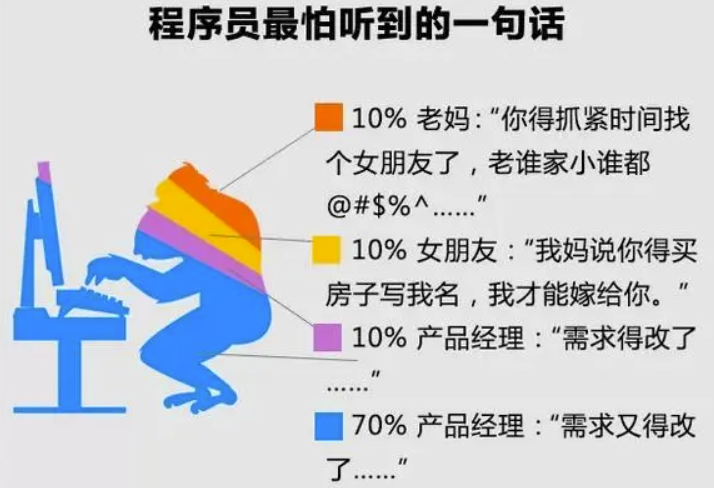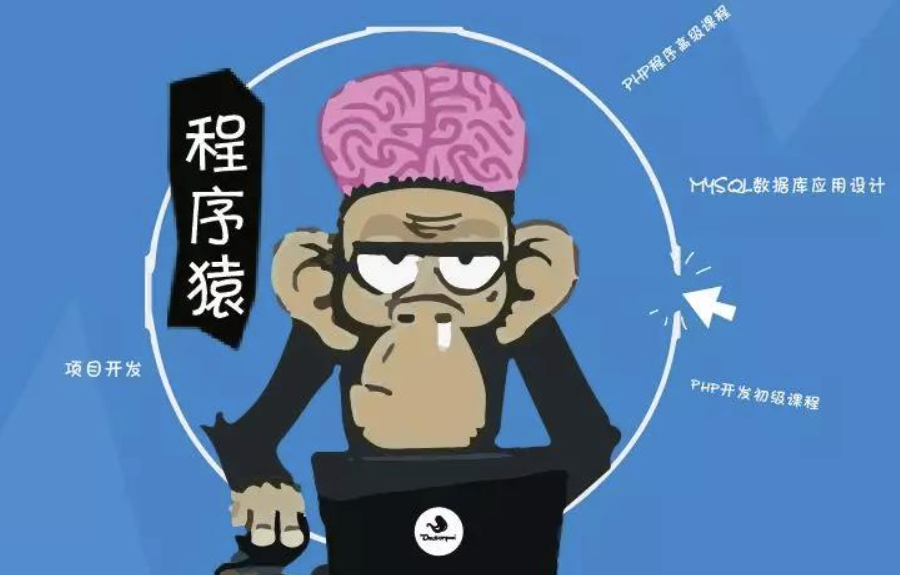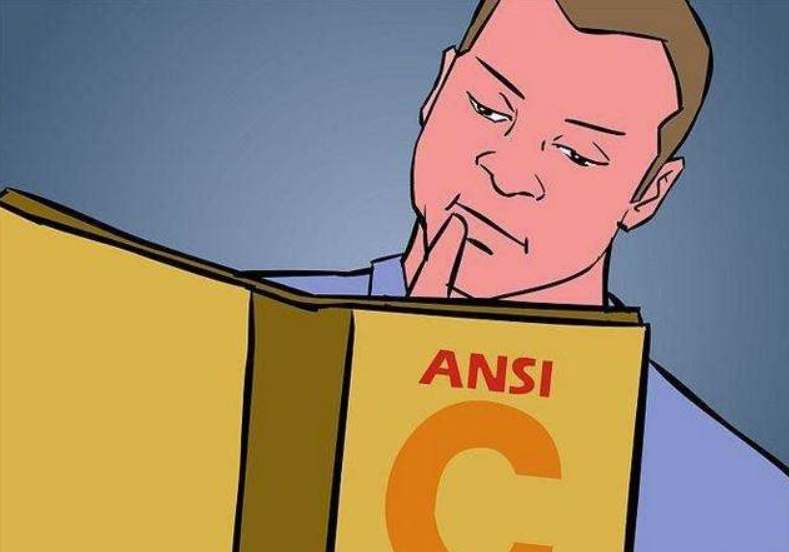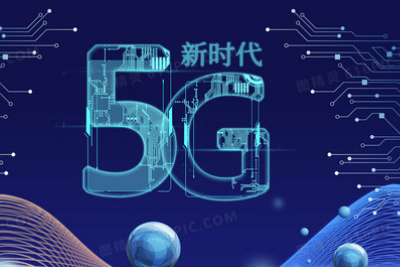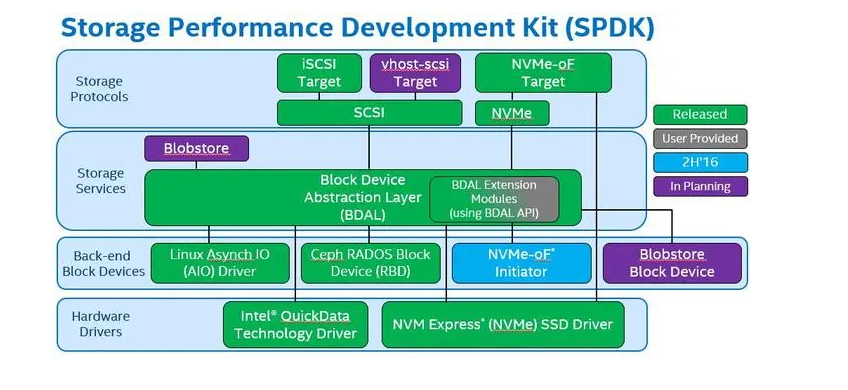Deep Potential Molecular Dynamics (DPMD) is a computational technique that utilizes deep learning to model potential energy surfaces for molecular systems. This approach aims to overcome some of the limitations of traditional molecular dynamics simulations, which often rely on empirical or semi-empirical potentials that may not accurately capture complex interactions in materials and biological systems.
Key Features of Deep Potential Molecular Dynamics:
Machine Learning-Based Potentials: DPMD uses neural networks to learn the potential energy surface from quantum mechanical calculations (such as Density Functional Theory, DFT). By training on high-fidelity data, it can provide accurate predictions for the energies and forces acting on atoms.
Scalability: DPMD allows for simulations of larger systems over longer time scales compared to conventional methods. Traditional methods often struggle with large-scale systems due to computational costs.
Transferability: The learned potentials can be applied across different configurations, making it easier to study various states of a material without re-training from scratch.
Improved Accuracy: By leveraging advanced machine learning techniques, DPMD can yield more accurate results than traditional force fields, especially in regions where empirical potentials might fail.
Applications: It has been successfully applied in areas like materials science, chemistry, and biophysics, enabling researchers to simulate processes such as phase transitions, chemical reactions, and biomolecular dynamics.
Workflow:
The typical workflow for DPMD includes:
- Data Generation: Obtain high-quality training data using quantum mechanical methods.
- Neural Network Training: Train a neural network on the generated dataset to predict potential energies and forces.
- Molecular Dynamics Simulation: Use the trained model in standard molecular dynamics frameworks to perform simulations.
Overall, DPMD represents an exciting intersection between machine learning and molecular simulation techniques, facilitating more efficient and accurate studies of complex molecular systems. If you have specific questions about its implementation or applications, feel free to ask!
内容由零声教学AI助手提供,问题来源于学员提问






